How to Make an Embroidered Gingham Tablecloth
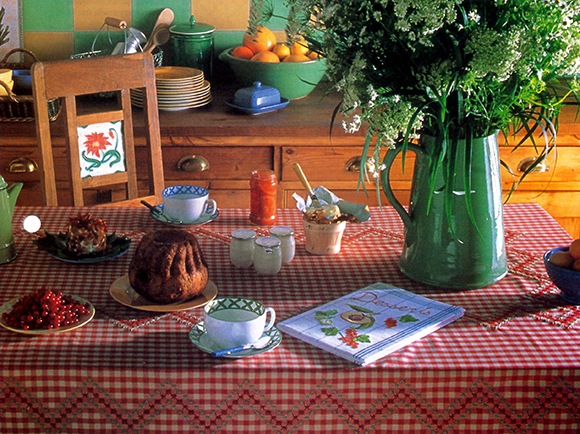
This cheerful embroidered gingham tablecloth in red and white brings the flavor of traditional country style to this kitchen.
Lay the kitchen table with a stunning embroidered gingham tablecloth and give mealtimes a lift. The fabric is a red-and white-check, which is perfect for a country style home, with an embroidered zigzag border and geometric center piece for a special finishing touch.
A geometric embroidered design is suited to a woven checked fabric. as an attractive arrangement can be achieved quickly by simply counting the squares. Choose an embroidery stitch that fits neatly inside the woven fabric squares, such as double cross stitch, with alternate bands of red and grey embroidery cotton used to echo the color scheme of the fabric.
Measure the table and add approximately 20-30cm (8-12in) for the over-hang on all sides. Once the cloth has been neatly hemmed – this cloth was edged with blanket stitch, worked in soft red embroidery cotton – lay the fabric flat and plan out the design using a ruler and marking pen. Follow the design shown here, or change the size by reducing or enlarging the number of points in the pattern, altering the center design to match.
The finished cloth measures 279 x 121cm (86 1/2 x 47 ½ in), but you could change the size to fit your table.
Making the Embroidered Gingham Tablecloth
Materials
Red and white checked fabric 2.25m (2 ½ yd) of 130cm(50 in) wide, with 1cm (3/8 in)squares
DMC soft embroidery cotton 20 skeins of grey-brown 2169 and12 skeins of red 2110
Marking pen or pencil and ruler
Tacking thread and needle
Embroidery needle size 18
1. Cutting out the fabric
Cut a rectangle of fabric 223x125cm (88 x 49in), with a red-and-white checked band across each short end and a multi-red band along each side.
2. Hemming the cloth
Turn up a double 1cm (3/8 in) hem all round the tablecloth; pin and tack. Secure the hem all round with blanket stitch, using soft red embroidery cotton. Make a blanket stitch through the centre of the checks, with each stitch equal to the height of one fabric square.
3. Marking the design
Fold the fabric in half both ways and press in the creases. Unfold and tack across the cloth, following the creases, to mark the center. Matching the center line on the diagram with length-ways tacking stitches on the cloth, mark the border and center design in the left-hand corner of the fabric.
4. Completing the design
Repeat to mark each corner, matching up the center lines in the same way. On the short side edges, the border and center design will be complete. On the long sides, join up the designs in each corner by repeating your pattern.
5. Embroidering the cloth
Embroider one double cross stitch in each fabric square.
A Quick Gingham History Lesson
The name may originate from Malay genggang ‘ajar, separate’. Alternatively, it is speculated that the fabric now known as gingham may have been made at Guingamp, a town in Brittany, France, and that the fabric may be named after the town. Some sources say that the name came into English via Dutch. When originally imported into Europe in the 17th century, gingham was a striped fabric, though now it is distinguished by its checkered pattern. From the mid-18th century, when it was being produced in the mills of Manchester, England, it started to be woven into checked or plaid patterns (often blue and white). Checked gingham became more common over time, though striped gingham was still available in the late Victorian period.The equivalent in the French language is the noun vichy, from the town of Vichy in France. The same word is used in Spain where this pattern is called “cuadro vichy” or “estampado vichy”.
Thank you Wikipaedia
Reference: The Country Look—Decor & Crafts


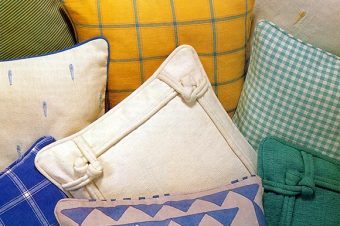
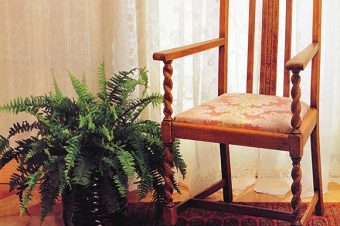
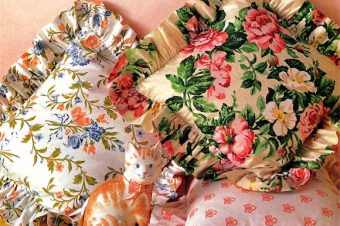

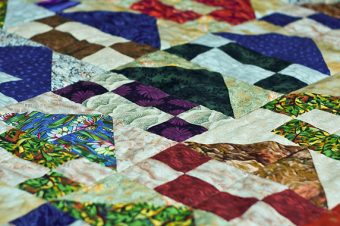
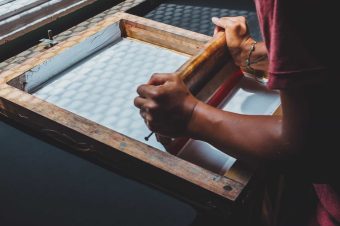
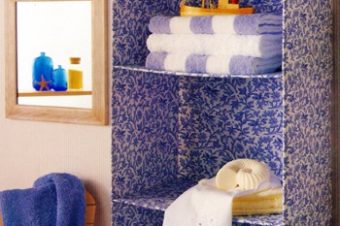
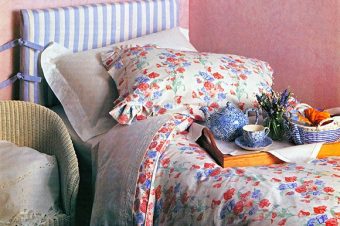
One Response
crzyinluv
Which floor would we best compliment a white country kitchen? White wainscotting with blue grey walls in the living room and baby blue fabric sofas?